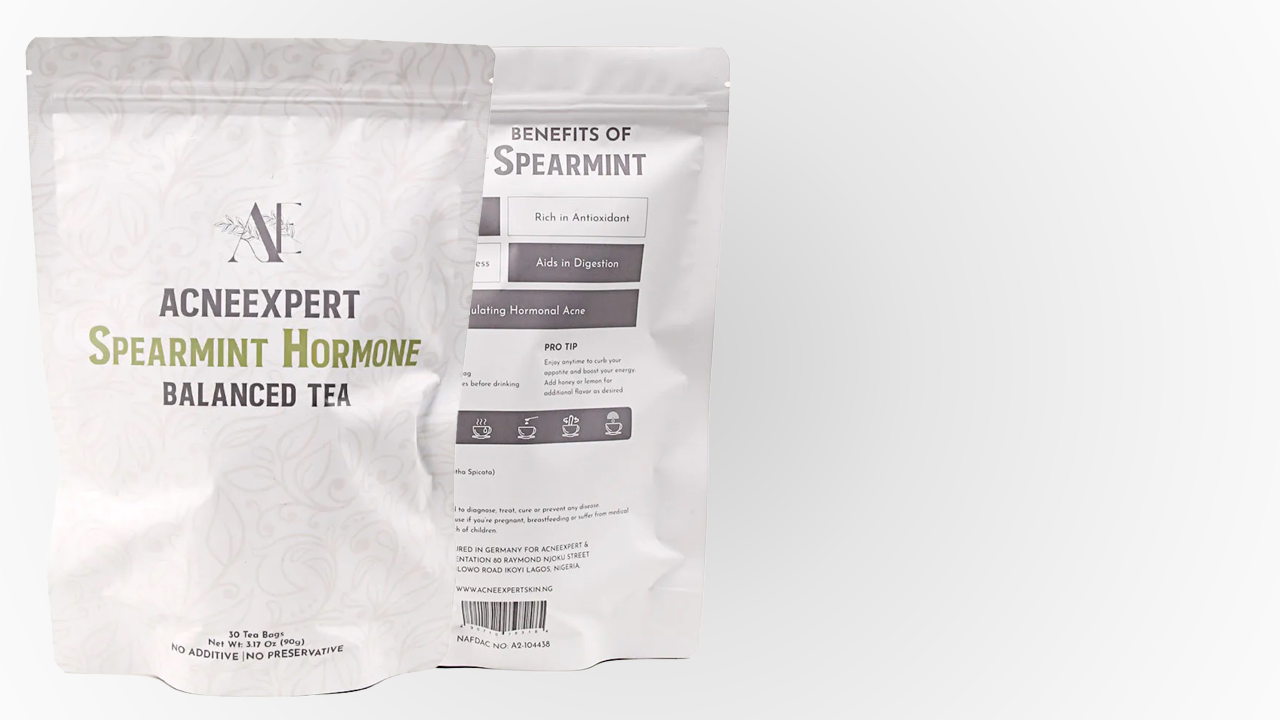When it comes to achieving clear, radiant skin, you might focus on the right cleansers, moisturizers, and serums, but have you ever considered that your pillow might be a silent acne trigger? Yes, that soft, cozy pillow you rest your face on every night could be one of the hidden culprits behind stubborn breakouts. Let’s dive into why this happens and how you can prevent it.

Why Your Pillow Might Be Causing Acne
- Oil and Bacteria Buildup
- Throughout the day, your skin collects sweat, sebum, and environmental pollutants. When you sleep, this residue transfers to your pillowcase, creating a breeding ground for bacteria. Over time, this can clog your pores, leading to inflammation and breakouts.
- Throughout the day, your skin collects sweat, sebum, and environmental pollutants. When you sleep, this residue transfers to your pillowcase, creating a breeding ground for bacteria. Over time, this can clog your pores, leading to inflammation and breakouts.
- Dead Skin and Product Residue
- As you shed dead skin cells naturally, these microscopic flakes can accumulate on your pillowcase. Add to this the leftover traces of your nighttime skincare products, and you have a perfect storm for clogged pores and irritated skin.
- As you shed dead skin cells naturally, these microscopic flakes can accumulate on your pillowcase. Add to this the leftover traces of your nighttime skincare products, and you have a perfect storm for clogged pores and irritated skin.
- Fabric Friction and Irritation
- Some fabrics, like cotton, can be too rough on sensitive or acne-prone skin, causing friction that leads to irritation and inflammation. This is particularly problematic for those with already compromised skin barriers.
- Some fabrics, like cotton, can be too rough on sensitive or acne-prone skin, causing friction that leads to irritation and inflammation. This is particularly problematic for those with already compromised skin barriers.
- Allergens and Dust Mites
- If you struggle with allergies, your pillow could be trapping dust mites, pollen, and other allergens that trigger skin inflammation. This can worsen conditions like acne and eczema.
- If you struggle with allergies, your pillow could be trapping dust mites, pollen, and other allergens that trigger skin inflammation. This can worsen conditions like acne and eczema.
How to Prevent Pillow-Induced Breakouts
- Choose the Right Fabric: Opt for pillowcases made of silk or satin, which reduce friction and are less likely to absorb oils and bacteria.
- Wash Your Pillowcases Regularly: Aim to change your pillowcases at least twice a week to prevent the buildup of oils, dirt, and bacteria.
- Use a Gentle, Non-Comedogenic Detergent: Harsh detergents can leave residue that clogs pores, so choose mild, fragrance-free options.
- Invest in Hypo-allergenic Pillows: These pillows resist dust mites and other allergens, reducing the risk of inflammation and breakouts.
- Maintain a Clean Sleep Environment: Regularly vacuum and dust your bedroom, and keep pets off your bed to minimize allergen exposure.
Conclusion
Your path to clearer, healthier skin goes beyond just the right products – it extends to your daily habits, including where you rest your head each night. By paying attention to your pillow hygiene and fabric choices, you can significantly reduce your risk of acne breakouts and wake up to more radiant, refreshed skin.
Ready to take your skincare game to the next level? Keep following Acneexpertskin for more tips and product recommendations for flawless, glowing skin.



